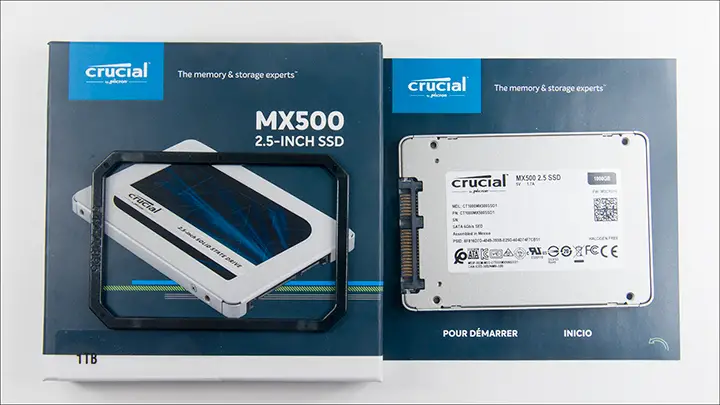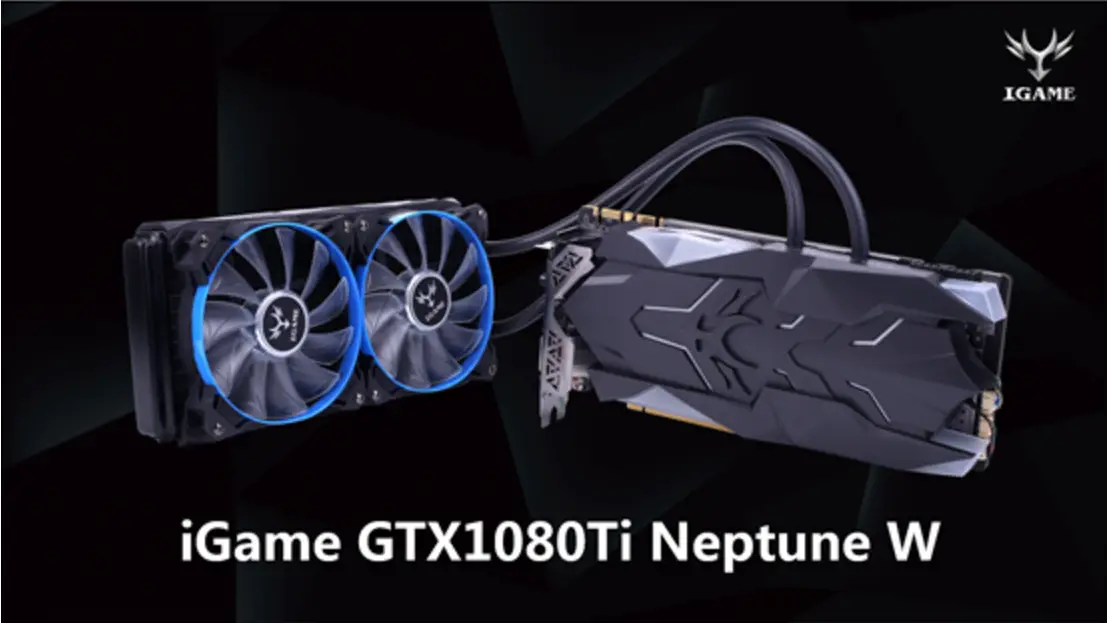![]()
The shipping container the UD70 comes in really hits all the key high points for us. It is attractive, yet not over the top. It is informative – as it shows and just does not tell you about the drive. It is also compact enough that it is rather easy to transport (and consequently economical to do so). Thus, while it is certainly in the conservative end of the spectrum it is a great example of how to do things right.
![]()
The internal protection consists of a nice plastic tray that firmly locks the drive in place while it is housed inside the cardboard box. As such, the chances of blunt force trauma and the like damaging your drive before it arrives at your door are rather minimal. With that said, Silicon Power is not shipping them inside an ESD bag and that is disappointing. These bags cost pennies and we dislike it when a company penny pinch like this. It however is the only misstep from a protection point of view.
The accessories are best described as sparse. Expect to find a decent instruction/warranty pamphlet… and nothing else. You can download their SP ToolBox if you so choose. That is all that is included. Honestly though, with the exception of some form of administrative application that Silicon Power does indeed offer, does anyone really care about stickers and other assortment of dross that plague some computer component purchases? We know we do not, as they needlessly add to the asking price without increasing the overall value one whit. Instead we rather the drive come with a five instead of the three-year warranty – which Silicon Power did.
![]()
The first thing that jumps out at you when you pick this drive up for the first time is that it is a single sided device (though to be precise it is a beefy 3.5mm thick and is in 2280-S3 territory). This is the ‘power’ of QLC NAND… as it is dense NAND. TLC is getting there (by adding more and more layers per die pack) but apples to apples QLC NAND is always going to be denser….as it holds an extra bit per cell. To be precise the UD70 is using IMFT 96-layer QLC NAND. This is the latest and greatest that IMFT offer and it is rather decent NAND – as it is fairly peppy stuff.
For example, when Intel swapped over to it to make their 660p into a 665p this change from 64-Layer to 96-Layer QLC NAND resulted in a (barely) double digit performance boost. Equally important, with the latest Phison firmware revisions worries over the relatively fragile nature of QLC NAND are minimized. Not eliminated, but probably moot for most people when talking about 2TB capacity drives. Silicon Power is mum on Total Drive Write specifications, but since they do not list it… they can not hold a number against you if you do have to RMA it. Considering this wee beastie comes with a five year warranty that is “premium” combination to say the least.
![]()
To be fair, these improvements are mainly firmware related and not NAND related. Phison now has years of experience working with QLC NAND and it shows. The largest change is that they have gone to a fully dynamic pseudo-SLC write buffer configuration. What this entails is ‘converting’ half(ish) of the free capacity of the drive’s QLC NAND (with its 4 bits / 16 electrical states) into pseudo-SLC NAND… and only storing one bit (or two electrical states) per cell. The bigger the capacity, the bigger the buffer. Conversely, when you half the capacity you also half the size of the write buffer. With this 2TB this means it starts out in the 250 Gigabyte(ish) range (or one quarter, of one half the free capacity of 2TB used in SLC mode) and sloooowly works down to a size that will not be able to cover the needs of the typical home user. With a 1TB it would start out at half that, and 500GB would be half of that.
Put another way, this write buffer is always maximized, the controller makes sure to keep it that way and does both in real-time. This is a major improvement over the ‘tier’ / fee capacity trigger configuration that earlier E12s exhibited. Please do not get the wrong idea. All E12’s with this firmware should do it (there is just no guarantees of it trickling down to older 64-Layer E12 models). All with 96-Layer QLC NAND will do it, assuming the firmware is up to date. It is with the UD70, and that is all that matters.
Another nifty feature that Phison has started to bake into their E12 controller’s firmware is aggressive link-state power monitoring and management. Phison themselves call it “active state power management (ASPM) and autonomous power state transition (APST)”… Silicon Power refers to it as “Dual Self-Cooling System”. Basically, the controller dedicates a certain amount of processor cycles to keeping track of IO request levels and is constantly trying to reduce heat output of the E12 controller. It does this by deciding what link-state the controller should be in to handle the IO load without any loss in performance… and then changes the controller’s power state in real-time to it. No middleman OS to ask permission (and cause delays)… it just does it on its own. This optimizes the delicate balance of power draw vs. performance and in testing we did not detect any noticeable increase in lag. Sure, if you are synthetic benchmark junkie and go from a system that has been idle for a while to testing it, on the first run it will show a blip… but it quickly boosts back up to max performance. Cutting the OS out of the decision-making cycle really makes a difference.
![]()
What everyone will notice however, is this drive does not thermally limit unless you really… really try to get it to thermally limit. Yes, Silicon Power includes a thin heat-spreader hidden underneath the label, but that is not what is quickly changing our minds on QLC. It is the controller being smart enough to keep things under control most of the time. To be honest, if your motherboard can provide even a modicum of air flow the typical home user will probably never even see a thermal limit event… assuming they even knew what to look for in the first place.
Overall, when you combine single sided goodness with a mature controller and then add in this one-two combination of mega-sized write buffer with downright smart firmware, that all but negates concerns over QLC NAND being used, the end result is almost assuredly a winning combination. When you then add in the fact that Silicon Power did all this and is asking less than ten cents a Gigabyte for it… well that is a winning combination.
![]()
The only issue some may have with the Silicon Power UD70 series is the amount of RAM. As you can see, they include a single Kingston D2516ECMFXGJD RAM IC. This is a DDR3L 1600Mhz 512MB RAM IC. The confusion surfaces as the original Phison E12 reference design called for twice this amount. The later E12S used here does not need as large a RAM buffer. Instead it is perfectly happy with 512MB. This has to do with low-level firmware tweaks and the fact the write buffer is so large. A smaller RAM cache that is flushed faster to a larger NAND write buffer beats a smaller NAND write buffer with bigger RAM cache (almost) every time.










